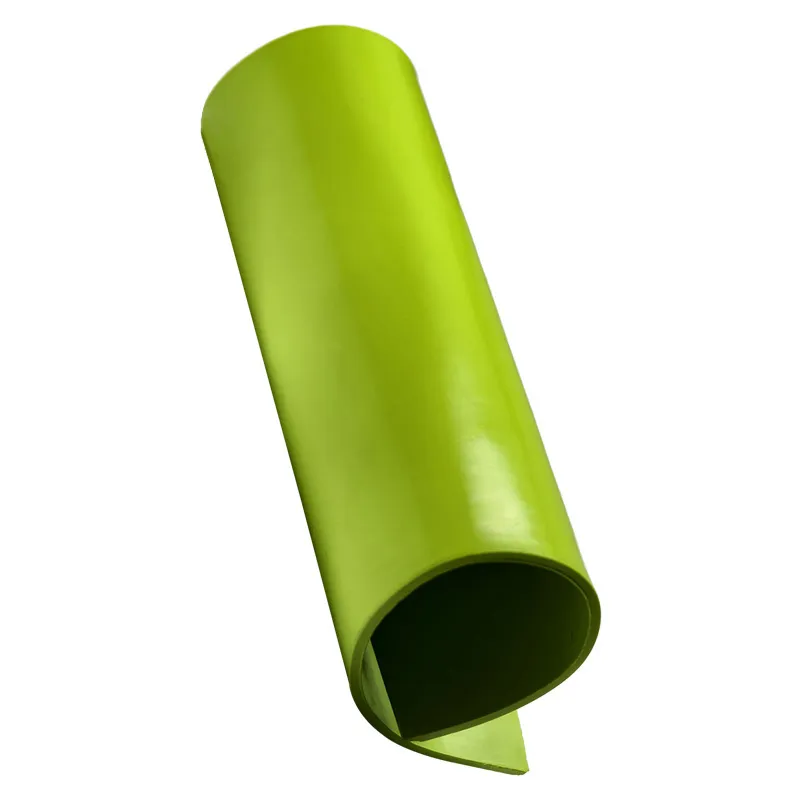What is the difference between natural rubber and synthetic rubber?
2024-10-12
Rubber is divided into two types: natural rubber and synthetic rubber. Natural rubber is made by extracting gum from rubber trees, rubber grass and other plants; synthetic rubber is made by polymerization of various monomers, but it is easy to confuse people who don't know much about rubber materials. So let's take a closer look at the differences between natural rubber and synthetic rubber.
1. Natural rubber:

It mainly comes from the Hevea brasiliensis. When the skin of this rubber tree is cut, a milky white juice will flow out, which is called latex. The latex is condensed, washed, molded and dried to obtain natural rubber.
Advantages: It has great elasticity, very good mechanical strength, bending resistance, wear resistance, flex resistance, good air permeability, good plasticity and processability.
Disadvantages: It is not resistant to aging, has poor heat resistance and thermal stability, is alkali-resistant but not resistant to strong acid, and has poor oil and solvent resistance.
It has good comprehensive performance and is widely used in tires, tapes, hoses, rubber shoes and other rubber products.
2. Synthetic rubber:
It is made by artificial synthesis. Different types of rubber can be synthesized using different raw materials (monomers). From 1900 to 1910, chemist C.D. Harris determined that the structure of natural rubber is a polymer of isoprene, which opened up a way for artificial synthetic rubber. In 1910, Russian chemist SV Lebedev (1874-1934) used metallic sodium as an initiator to polymerize 1,3-butadiene into sodium butadiene rubber. Later, many new synthetic rubber varieties appeared, such as cis-butadiene rubber, chloroprene rubber, styrene-butadiene rubber, etc. The output of synthetic rubber has greatly exceeded that of natural rubber, among which styrene-butadiene rubber has the largest output.
(1) Styrene-butadiene rubber:
Advantages: better heat resistance, oil resistance, wear resistance and aging resistance than natural rubber.
Disadvantages: poorer mechanical properties, cold resistance, plasticity and processing performance than natural rubber.
Mainly used in the manufacture of tires, rubber sheets, rubber shoes, etc.
(2) Nitrile rubber:
Excellent oil resistance and heat resistance than natural rubber and styrene-butadiene rubber.
Widely used in various oil-resistant rubber products.
(3) Butyl rubber:
Advantages: excellent air tightness, good heat resistance, good aging resistance, good shock absorption, strong acid, alkali and solvent resistance.
Disadvantages: slow carbonization speed and poor process performance.
Used in the manufacture of tire inner tubes, water tires, heat-resistant and aging-resistant gaskets, chemical container linings, shock-absorbing products, hoses, conveyor belts, etc.
(4) Chloroprene rubber:
Advantages: excellent aging resistance, good heat resistance and flame resistance, oil resistance is second only to nitrile rubber, but better than other general-purpose rubbers, and has good acid and alkali resistance.
Disadvantages: poor cold resistance, poor storage stability, and difficult to control processing.
It has a wide range of uses and is used to manufacture various oil-resistant, aging-resistant, heat-resistant, flame-resistant, and chemical-resistant rubber products.





